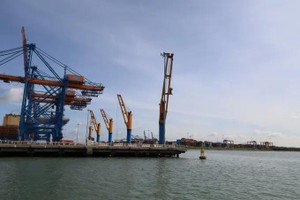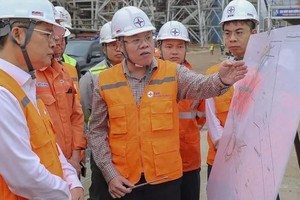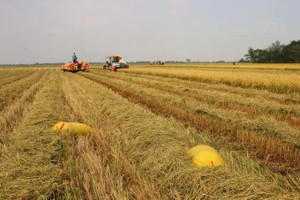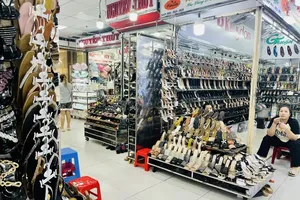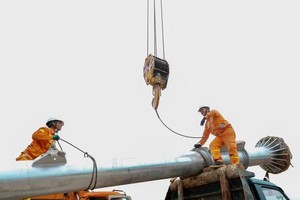On December 10, at the International Trade Forum on Corporation with Partners from Eurasia Region, Mr. Dang Hoang An, Deputy Minister of Industry and Trade, said that trade policies in the Eurasian market had had many changes in the direction of tightening control on products of essential commodities, food, and foodstuff processing industry.
Mr. Peter Hong, Permanent Vice Chairman of the Business Association of Overseas Vietnamese, said that Vietnamese enterprises had penetrated sustainably into fastidious markets, namely the US, Europe, and Japan. Vietnam's exported products have already met technical barriers in these markets, so it will not be difficult for them in the Eurasian market. Currently, Vietnamese products exported to this market not only have the advantage of being favored by consumers but also enjoy a preferential import tariff of zero percent. The problem is that enterprises need to accelerate the transformation of production scale, apply modern production technologies, improve the quality of goods, ensure information transparency, meet requirements on traceability, food safety, and social responsibility, and most importantly, control commercial fraud. The Eurasian market is very potential with a population of more than 400 million people, of which the Vietnamese community accounts for a large number.
According to the General Department of Vietnam Customs, in 2019, two-way trade turnover between Vietnam and the Eurasia region reached US$10.4 billion, an increase of 20.78 percent. Of which, Vietnam's exports reached $7.2 billion, an increase of 6.43 percent.
Mr. Peter Hong, Permanent Vice Chairman of the Business Association of Overseas Vietnamese, said that Vietnamese enterprises had penetrated sustainably into fastidious markets, namely the US, Europe, and Japan. Vietnam's exported products have already met technical barriers in these markets, so it will not be difficult for them in the Eurasian market. Currently, Vietnamese products exported to this market not only have the advantage of being favored by consumers but also enjoy a preferential import tariff of zero percent. The problem is that enterprises need to accelerate the transformation of production scale, apply modern production technologies, improve the quality of goods, ensure information transparency, meet requirements on traceability, food safety, and social responsibility, and most importantly, control commercial fraud. The Eurasian market is very potential with a population of more than 400 million people, of which the Vietnamese community accounts for a large number.
According to the General Department of Vietnam Customs, in 2019, two-way trade turnover between Vietnam and the Eurasia region reached US$10.4 billion, an increase of 20.78 percent. Of which, Vietnam's exports reached $7.2 billion, an increase of 6.43 percent.











